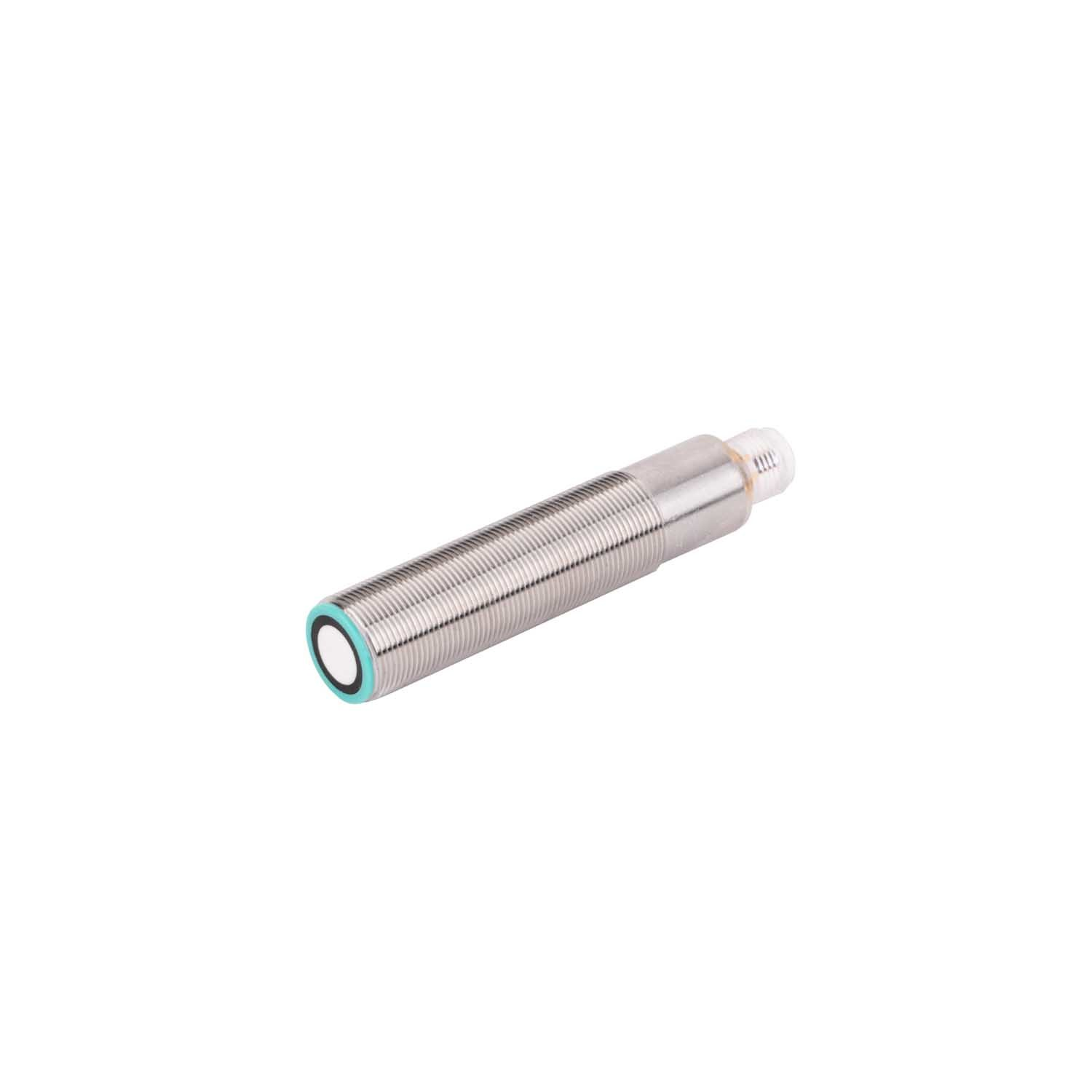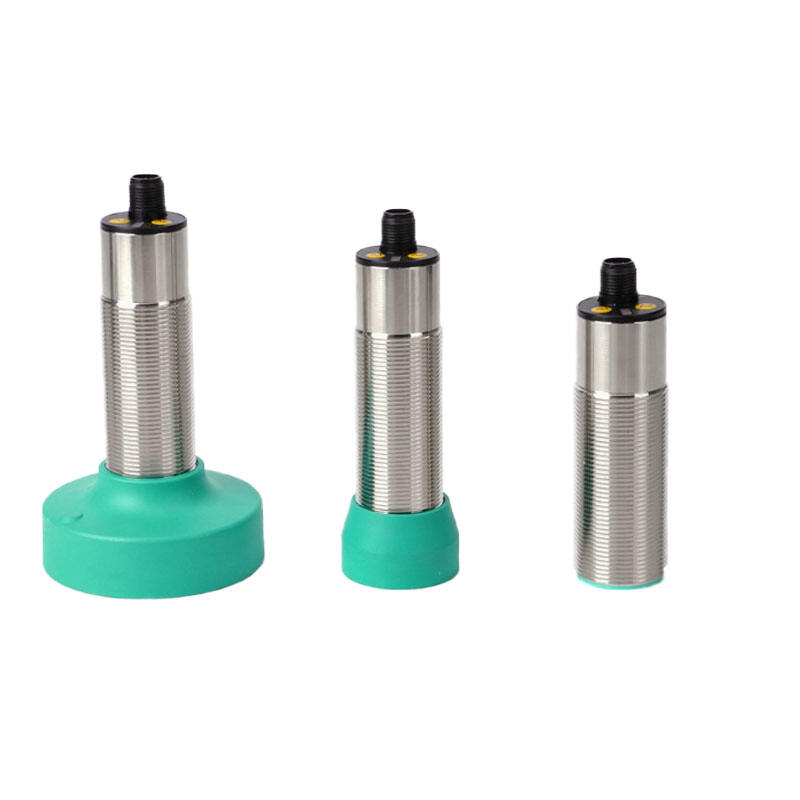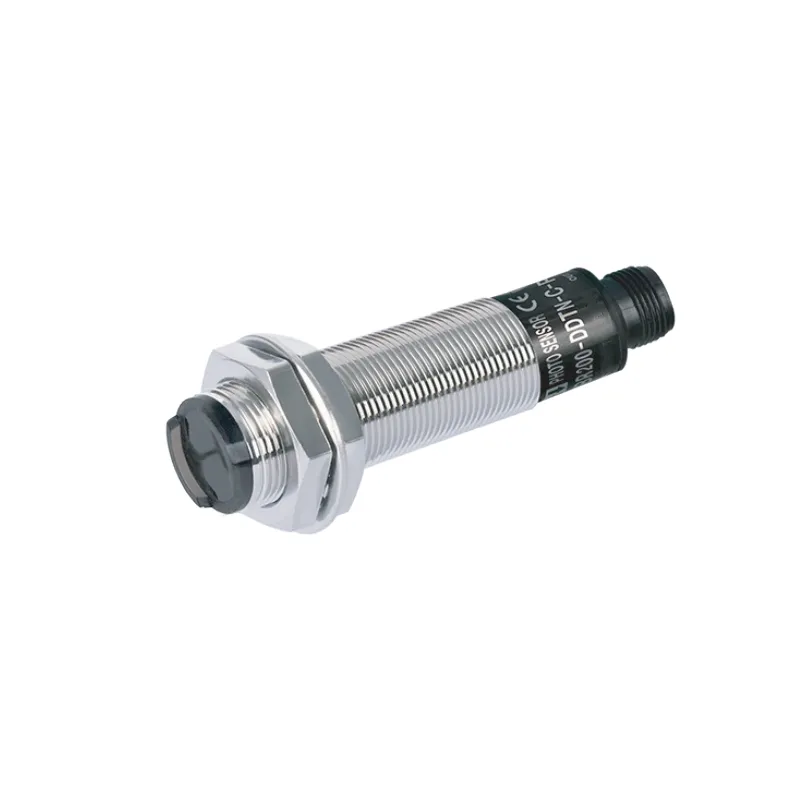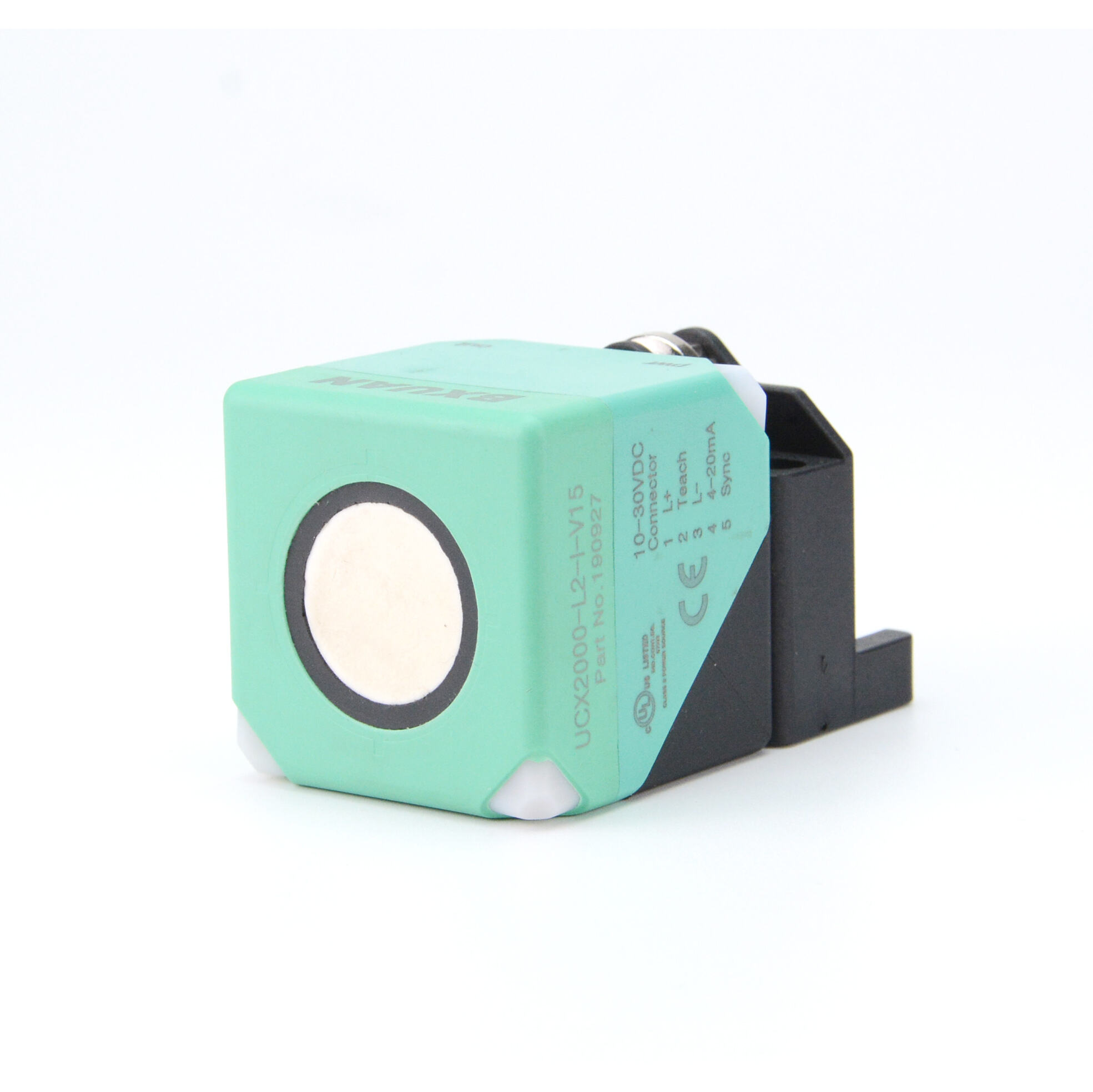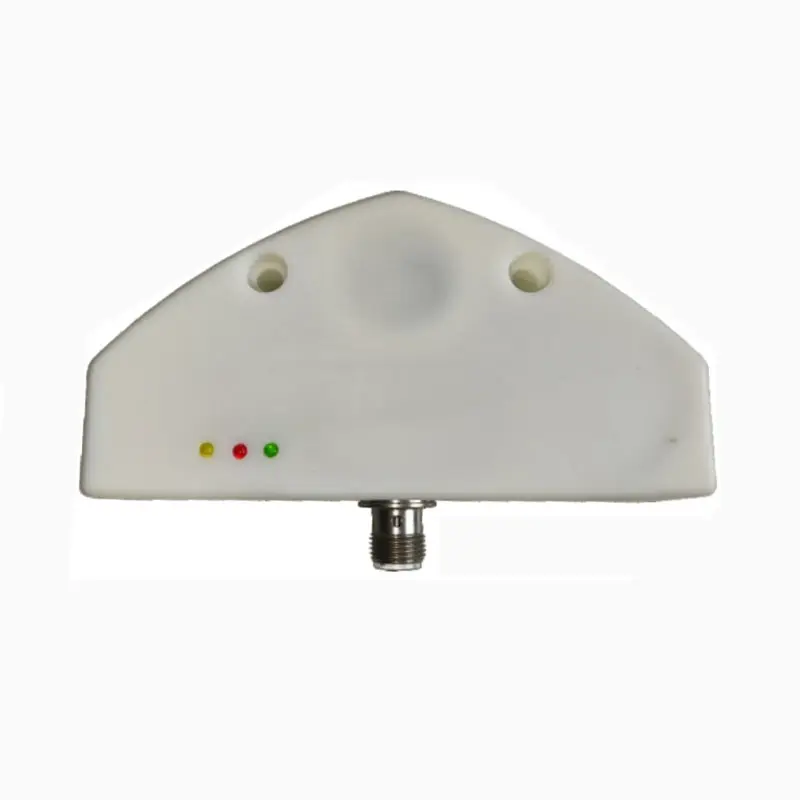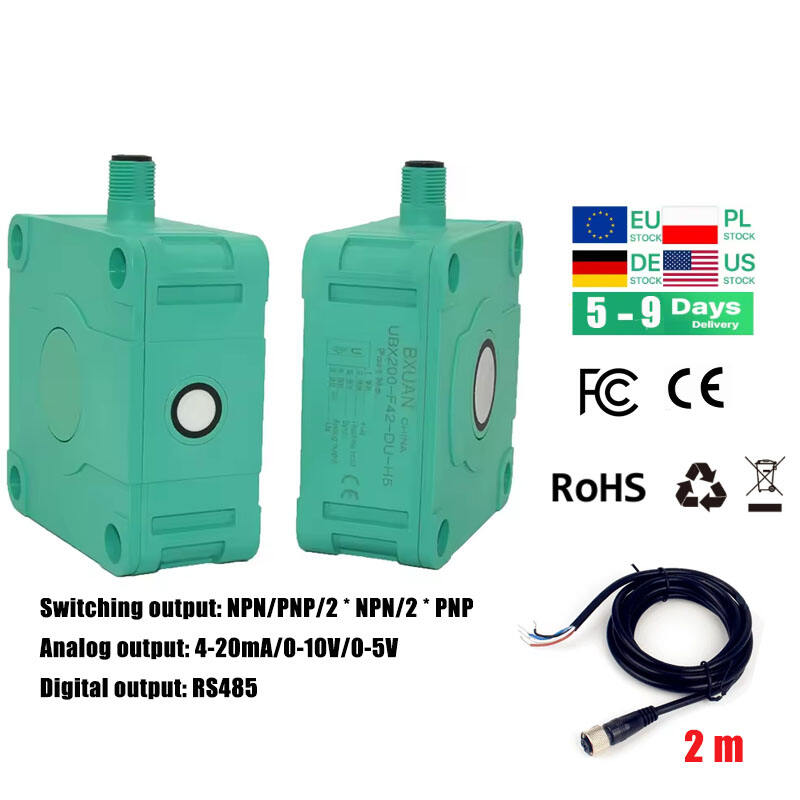proximity sensor and photoelectric sensor
Proximity sensors and photoelectric sensors are essential automation technologies that revolutionize object detection and positioning in industrial applications. Proximity sensors operate by detecting nearby objects without physical contact, utilizing electromagnetic fields, while photoelectric sensors employ light beams to identify objects. These sensors excel in various environments, offering reliable detection capabilities even in challenging conditions. Proximity sensors come in different types, including inductive sensors for metal detection and capacitive sensors for non-metallic materials. They provide consistent performance with minimal maintenance requirements and long operational lifespans. Photoelectric sensors, on the other hand, use advanced optical technology to detect objects through three main methods: through-beam, retro-reflective, and diffuse reflection. They offer exceptional range capabilities, from a few millimeters to several meters, and can detect objects regardless of their material composition. Both sensor types feature robust construction for industrial environments, with many models offering IP67 or IP68 protection ratings for dust and water resistance. These sensors integrate seamlessly with modern control systems through various output options, including digital, analog, and network communications, making them vital components in automation systems, packaging lines, and manufacturing processes.

